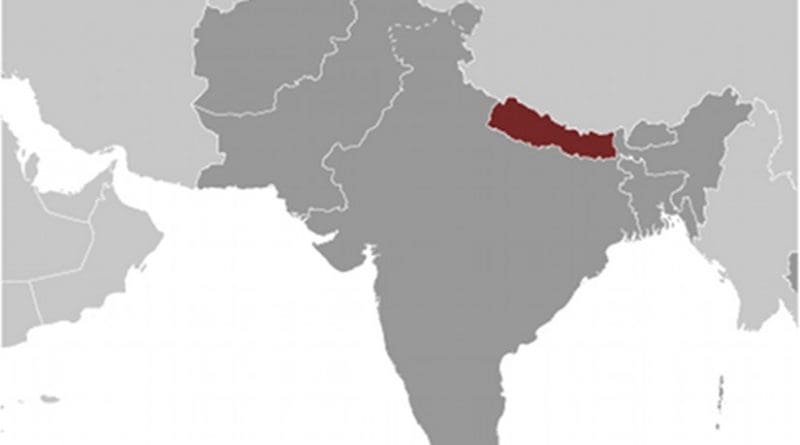Nepal: A Messy Situation – Analysis
By SAAG
By Dr. S. Chandrasekharan
It is a pity that the situation in south Nepal ( Madhes) is getting more and more messy with no prospect of an early solution. 49 people have so far been killed and another 729 have been injured of whom some are in a critical condition.
The Police continue to use heavy-handed methods and are now shooting to kill. The protestors on the other hand continue to defy the ban and are resorting to indiscriminate stone throwing.
There have been four rounds of talks and all have ended in failure except for the last one where the Madhes Groups were willing to consider splitting the five controversial districts- a new development, but names of two more districts Mahottari and Nawal Parasi have also emerged for splitting.
The ruling party instead of going ahead with the opening they got, have continued to remain stubborn. The negotiating team wanted to consult their leaders!
What is surprising is that the senior leaders of the ruling party are still insisting that there should be a political solution and having said that, are still insisting that agitating groups – the UDMF should await the recommendations of the Federal Commission to be appointed for reviewing the provincial boundaries.
On 31st of October, the agitating Terai-Madhes groups threatened that they would abandon talks with the government if the ruling parties failed to lay out a concrete plan on State delineation. In the absence of any response from the government, the leadership of the agitating parties decided on 1st November to “intensify” the agitation.
On the 2nd of November there were major incidents in Birgunj when the Nepal Police decided to clear the obstruction in the no man’s land near the Shankaracharya gate. Unfortunately, one Indian national got a bullet on his head and died instantaneously. There was also another incident of firing near the crowded Ghantaghar area. Scores of people were also injured.
The killing of an Indian national raised some concern in India on the law and order situation in Nepal. The Indian Prime Minister, personally spoke to his counterpart in Nepal and made two points- one that he is concerned and two- that an early and an effective solution may be found.
The Indian citizen who was a resident of Birgunj – Ashish Kumar should not have been in the crowd that was protesting and according to Nepal’s official sources had indulged in stone throwing. A bullet on his head was not a remedy either.
The decision to clear the no man’s land in Birgunj made it clear that the so-called blockade was not “India inspired” but was done by the Nepalese citizens themselves. Having allowed the protestors to group and block all the incoming vehicles so long, it is not clear why even after this incident, the political leaders of all hues in the valley are still blaming India for the “unofficial” blockade!
The upshot of the blockade at the Indian border was that Nepal approached China for the supply of fuel. An agreement for regular supply of fuel was also reached. The first supply of fuel was sent from Kyirong with vehicles of Nepali registration going up to Kyirong to receive the supplies. A total of 1.2 million litres of fuel was being supplied and this is being given as grant by China. Future supplies will be paid for.
Kyirong lies on the ancient route to Kathmandu from Tibet and had been the only route in earlier times connecting Kathmandu valley to Tibet. From Kyirong, the road goes via Rasuwa Gadhi, to Nuwakot and then on to Kathmandu. It is not an easy route either.
It is a good thing that Nepal has started getting supplies from China. At least, so far as India is concerned, the elite in Kathmandu cannot complain henceforth that Nepal is “India blocked.” It is now shown by them that Nepal is also “China blocked.”
With supplies coming from China too ( the authorities in the ministry have already hailed it as a long term solution), India should no longer enter into any product exchange agreement with Nepal on the supply of other petroleum products. In my view India should not react adversely on this development.
More important, Prime Minister K.P.Oli needs to be reminded that fuel from China will not solve the Terai problem. As I had said earlier, he has to come down from his perch, be a little flexible and considerate on a problem that may divide the nation permanently, if steps are not taken right now for an early and an effective solution as Prime Minister Modi has requested.

